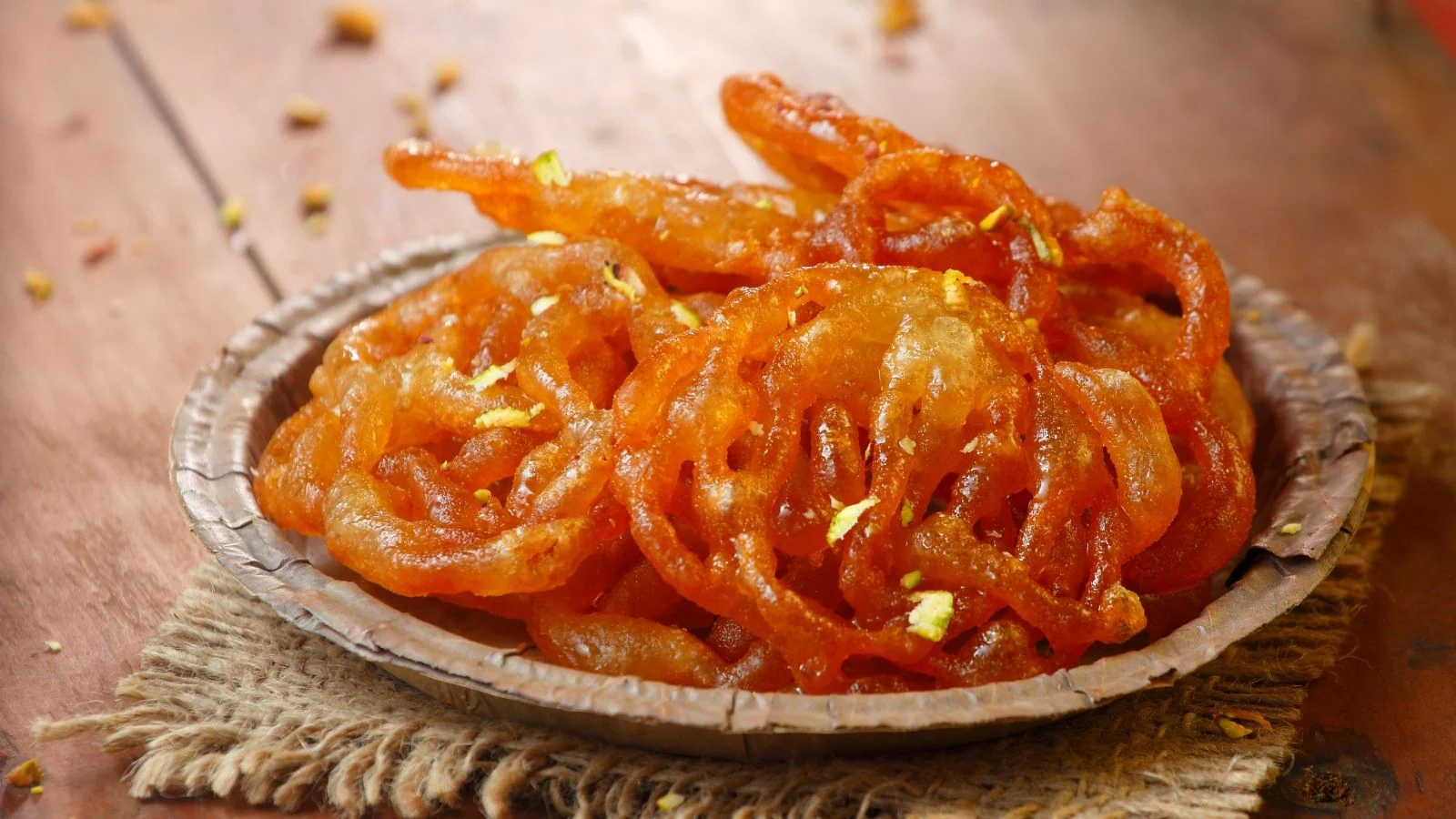By News18
Copyright news18

There are a myriad of sweets available across India. From the soft richness of rasgulla to the grainy decadence of besan laddoo, the golden and unapologetically sweet taste of jalebi is something you simply can’t miss. Walk down any market lane in India, and amid the aroma of fried snacks and street food, this deep-fried spiral sweet will pull you in with its hypnotic spiral and unmistakable aroma.
Dripping with syrup, Jalebis have found a place in nearly every household and glass-fronted mithai shop across the country. It’s a tradition, celebration, and comfort, all rolled into one. But there’s a delicious dilemma that echoes through the minds of many: Is Jalebi a breakfast delicacy, an evening snack, or a post-meal dessert?
Join us as we delve deep into this sweet’s history to find out whether it is a snack or a dessert.
Jalebi’s Origin Story: Where Did This Come From?
For ages, Indians have been going gaga over this delicious sweet. But you will be shocked to know that Jalebi is said to have originated in the Middle East. Yes, you read that right. Most food historians say its roots go way back to the Middle East, where it showed up as ‘Zalabiya’. It was introduced to India between the 13th and 15th centuries, thanks to Persian traders and travellers.
An ancient Persian cookbook, ‘Kitab al-Tabeekh’ by Muhammad bin Hasan al-Baghdadi, mentions the recipe of the dish. He described it as the sweet traditionally distributed among the masses during Ramadan and other festivities. The dish also finds mention in a 10th-century Arabic cookbook by Ibn Sayyar al-Warraq.
Over time, it has become India’s most cherished dessert and is now symbolising joy, festivity, and nostalgia.
How is it consumed worldwide?
For North Indian states like Uttar Pradesh, Bihar, Rajasthan, and Madhya Pradesh, jalebi is not just a sweet treat; it has become a breakfast essential. Often served hot alongside curd or milk to balance the sweetness, it is a weekend indulgence for some and a daily staple for others.
Move towards the west, and you will see the people of Maharashtra and Gujarat enjoy it during festivals. Especially during occasions like Dussehra and Diwali, jalebi makes its way to the morning plate, but not without its companion, fafda.
Head to South India, and you’ll find Jalebi mostly served in the evenings, either with tea or as a casual indulgence. In other places, it is more likely to show up as a dessert in a restaurant, plated elegantly with rabri or served warm post-meal.
Whether you’re dipping it in milk at dawn or crunching on it with tea at dusk, Jalebi doesn’t ask for a time slot. So next time this question comes to your mind, “Is Jalebi a breakfast or a dessert?” remember that it is India’s anytime treat enjoyed by people of all ages.



